Magnetism and superconductivity are generally considered to be mutually exclusive quantum states. However, physics luminaries Matthias and Anderson [PRL 1, 449-450 (1958); PR 116, 898-900 (1959)] proposed the possibility of ferromagnetic superconductors in lattice frustrated systems as early as the 1950s. The kagome lattice, consisting of triangles interconnected at vertices, is a structure with geometric frustration.
Understanding and manipulating the interplay between magnetism and superconductivity could pave the way for revolutionary advancements in quantum computing and energy-efficient technologies. Further investigation into these phenomena could unlock new methods for controlling quantum states, leading to breakthroughs in materials science and condensed matter physics.
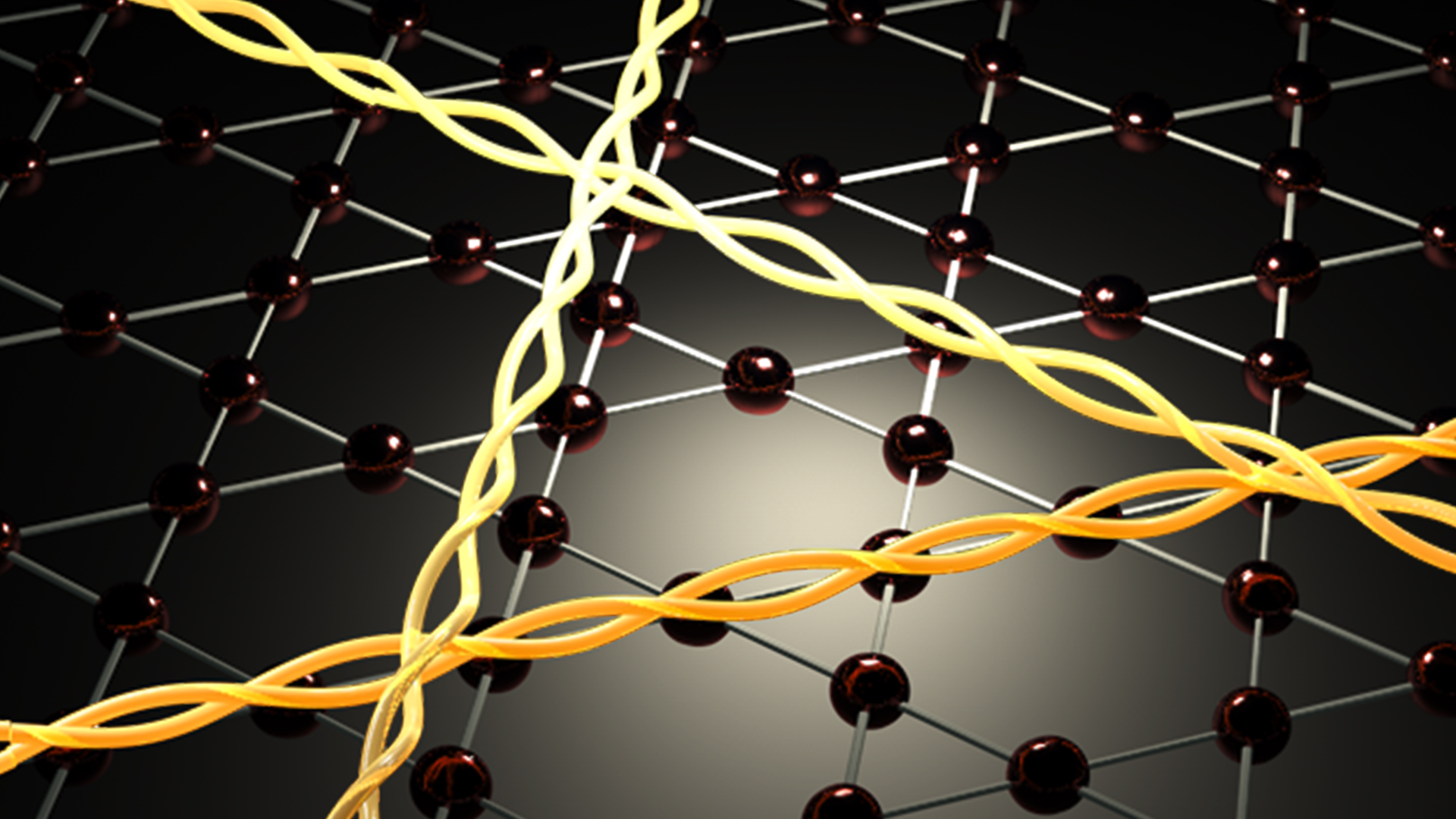
Figure 1. Schematic diagram of chiral superconducting modulations in kagome superconductors
An international research team led by Associate Professor Jia-Xin Yin from the Department of Physics at the Southern University of Science and Technology (SUSTech) has made significant progress in the field of magnetic superconductivity. Comprising of researchers from China, Switzerland, Germany, and Singapore, the team has observed chiral kagome superconductivity modulations at the Laboratory for Quantum Singularity and Emergent Matter at SUSTech. They achieved a new world record in the spatial energy resolution of electronic spectroscopy (1 μeV).
The findings, published in the prestigious international journal Nature, are entitled “Chiral kagome superconductivity modulations with residual Fermi arcs”.
Jia-Xin Yin discovered that the kagome pattern origins in Chinese folk culture dating back to 200 BC [Physics 3, 157-165 (2023)]. Since 2018, Professor Yin and collaborators have reported a series of quantum manipulations in kagome magnets and superconductors, advancing the frontier research direction: topological kagome materials. They pointed out that kagome superconductors can serve as important carriers for exploring magnetic superconductivity and referred to them as “magnetically intertwined superconductivity” [Nature 612, 647-657 (2022)].
With the support of SUSTech, Jia-Xin Yin’s research group established the Laboratory for Quantum Singularity and Emergent Matter in 2022 to tackle related research challenges. They constructed a scanning tunneling microscopy system with extremely low temperature and ultra-high energy resolution, adopting Professor Shuheng Pan’s patented motor techniques. Their research focuses on two directions.
One direction is to realize the superconducting state through quantum manipulation of kagome magnets. They discovered localized magnetic excitation modes in the electronic structure of kagome spin ice materials that could serve as bosonic modes for inducing superconducting electron pairing [PRL 133, 04603 (2024)]. The other direction involves high-resolution spectroscopic characterization of known kagome superconductors to investigate their possible time-reversal symmetry-breaking properties. Relevant work has been published in Nature, with another related paper soon to be published in Nature Materials.
The work published in Nature reported the observation of chiral superconducting gap modulations with a 2×2 period in kagome superconductors KV3Sb5 and CsV3Sb5 by team members Hanbin Deng, Hailang Qin, Guowei Liu, and Tianyu Yang. In momentum space, the three groups of scattering peaks with a 2×2 pattern had different intensities, with the rotation direction from weak to strong defining the chirality of the superconducting gap modulations as clockwise or anticlockwise.
Through experiments, they found that the chirality of the superconducting gap modulations could be controlled by an applied external magnetic field to rotate either clockwise or counterclockwise. They further used a superconducting tip to realize a superconducting Josephson tunnel junction to detect the local paired electron density and observed 2×2 chiral modulations in the local pair density.
Based on these findings, the researchers concluded that kagome superconductors exhibit evidence of chiral pairing density waves, which break time-reversal symmetry and have a scattering period determined to be 2×2, resolving the academic debate on the wave vectors of pairing density waves. Figure 2 shows the observed superconducting gap modulations and Josephson zero-energy peak modulations in one direction; Figure 3 displays the chiral characterization of the modulations in two-dimensional space.
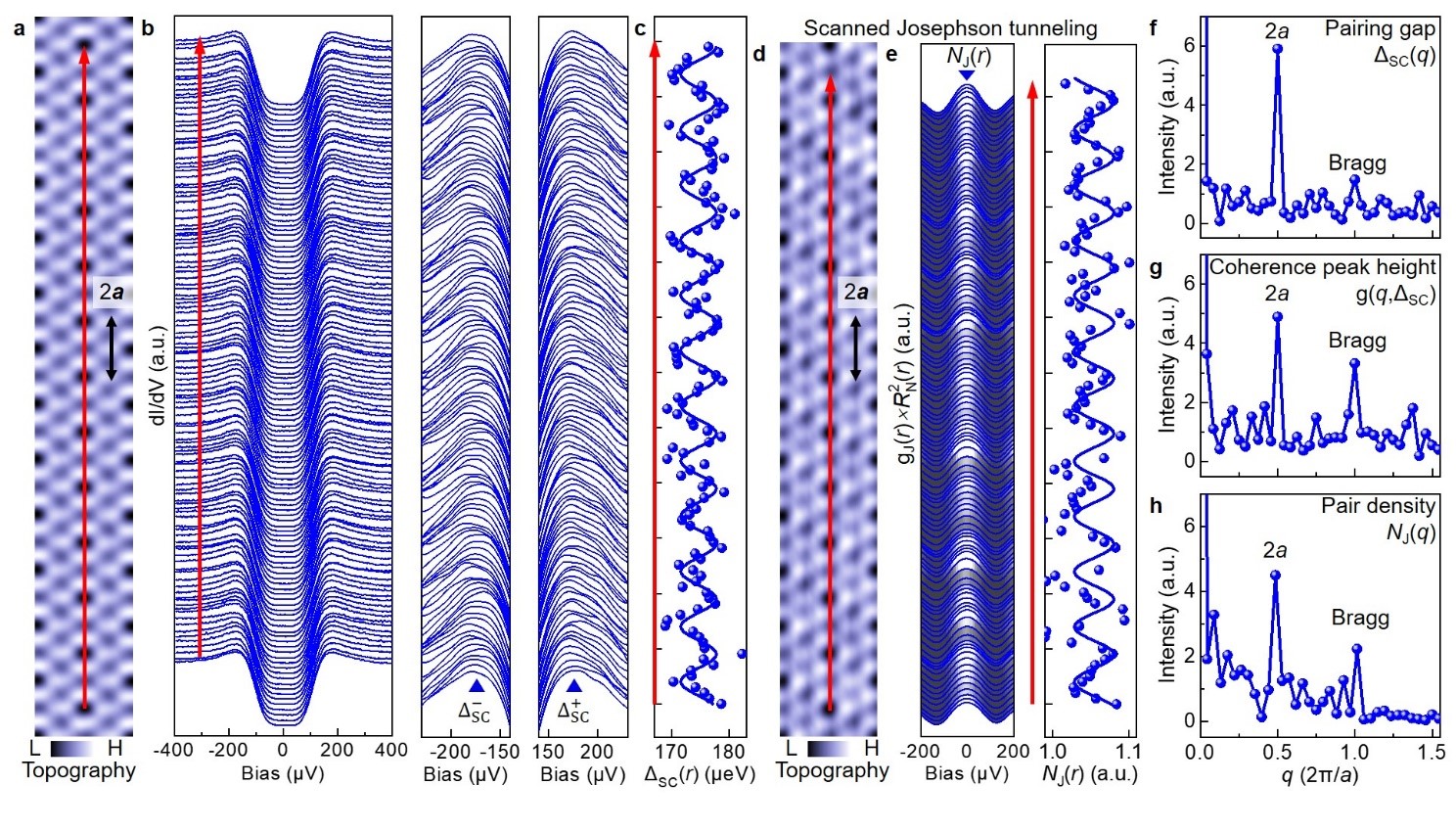
Figure 2. 2a superconducting gap modulations and Josephson zero-energy peak modulations
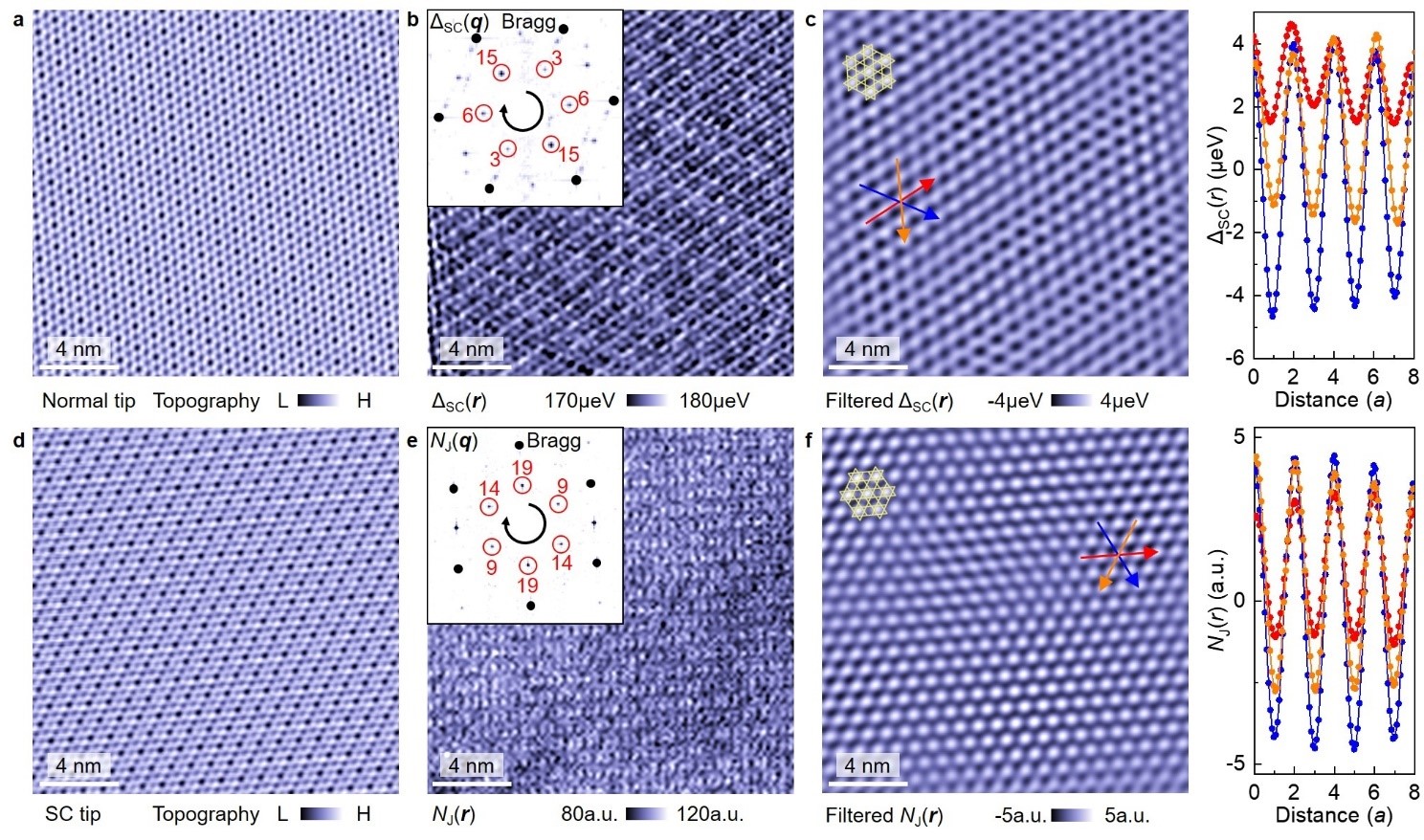
Figure 3. Evidence of 2×2 chiral pairing density waves in pairing gap map and pair density map
After discovering the chiral pairing density waves, the researchers noted that other important explanations need to be considered in the field of finite momentum pairing. One explanation is the pair-breaking scattering mechanism discovered by Lu Yu in 1965 [Acta Phy. Sin. 21, 75-91 (1965)]. Based on this, Jia-Xin Yin and collaborators wrote a commentary in Acta Phys. Sin., pointing out that in the presence of pairing density waves, the superconducting gap only opens in part of the Fermi surface in momentum space. As a result, the system can still have residual Fermi surfaces as Bogoliubov Fermi surfaces, forming a space-momentum correspondence with the modulations of the pairing gap. This correspondence can provide an evidence chain for finite momentum electron pairing.
Guided by this idea, the researchers systematically measured the quasiparticle scattering spectra at different temperatures to detect the shape of the Fermi surface. They found that at temperatures far below the superconducting transition temperature, the system still retains Fermi arcs (Figure 4), serving as evidence for the existence of Bogoliubov Fermi surfaces.
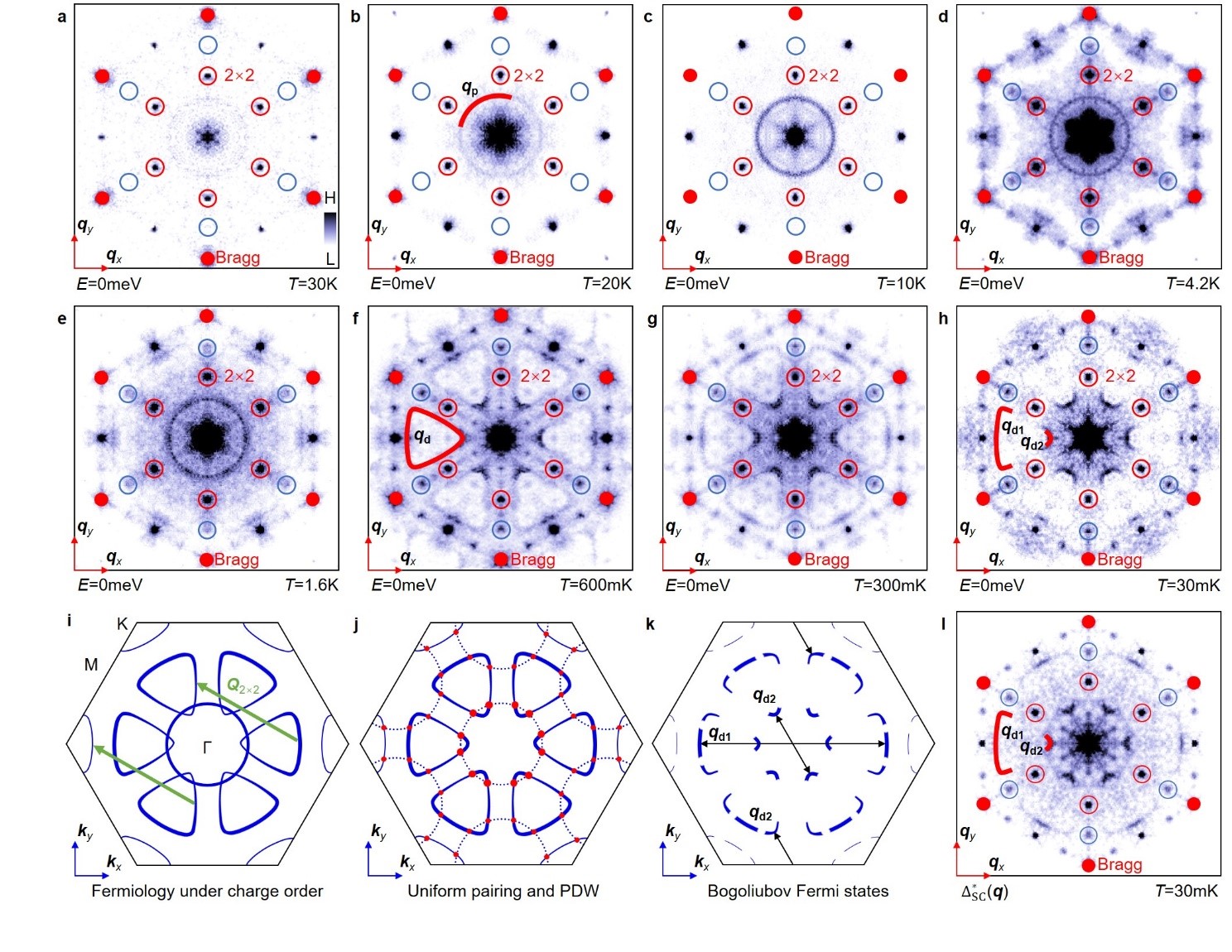
Figure 4. Evidence of residual Bogoliubov Fermi arcs
By establishing the geometric connection between the modulations of the superconducting order parameter and the Bogoliubov Fermi surface, the researchers revealed the unconventional nature of the kagome superconductor’s ground state: the uniform superconductivity primarily occurs on the Sb p orbitals rather than the V d orbitals because the V d orbitals form a chiral charge order that breaks time-reversal symmetry at high temperatures; upon entering the superconducting state, the superconductivity on the Sb-p orbitals couples with the 2×2 chiral charge modulation on the V-d orbitals, forming a special p-d interorbital chiral pairing density wave.
Their observations and analysis ultimately provided a complete evidence chain for the magnetic superconductivity with finite momentum pairing (Figure 5). Notably, the spatial energy resolution of the gap modulations detected in this project reached the 1 μeV level, surpassing the previous world record of 10 μeV. They achieved such high resolution by simultaneously obtaining a low electronic temperature of 90mK, a high spatial resolution of 100pm, and a high spectral signal-to-noise ratio of 100. This achievement demonstrates the researchers’ exceptional experimental skills.
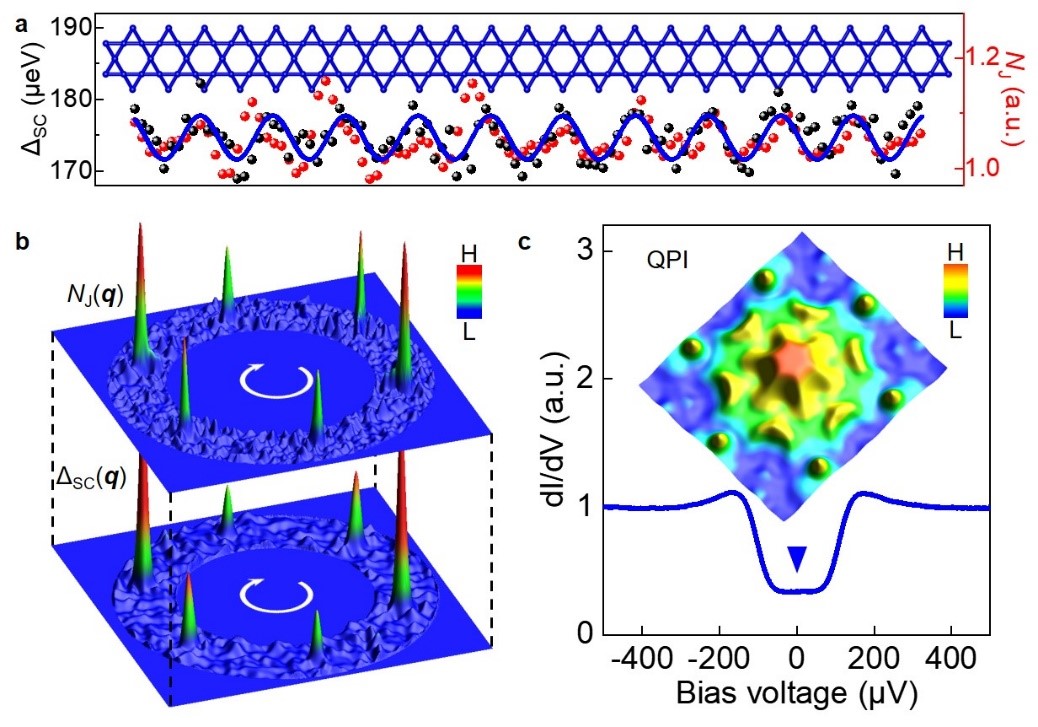
Figure 5. Evidence chain of magnetic superconductivity of finite momentum electron pairing
The first author of this paper is Hanbin Deng, a postdoctoral fellow from the Department of Physics at SUSTech. The research groups of Youguo Shi at the Institute of Physics, Chinese Academy of Sciences, and Zhiwei Wang at the Beijing Institute of Technology provided high-quality single crystals for the project. The research group of Xianxin Wu at the Institute of Theoretical Physics, Chinese Academy of Sciences, provided theoretical support. They, along with Associate Professor Jia-Xin Yin, are the co-corresponding authors of this work. SUSTech is the first affiliated unit of the paper.
This work was supported by the Ministry of Science and Technology of China and National Natural Science Foundation of China.
Paper link: https://doi.org/10.1038/s41586-024-07798-y
To read all stories about SUSTech science, subscribe to the monthly SUSTech Newsletter.
Proofread ByAdrian Cremin, Yingying XIA
Photo ByDepartment of Physics